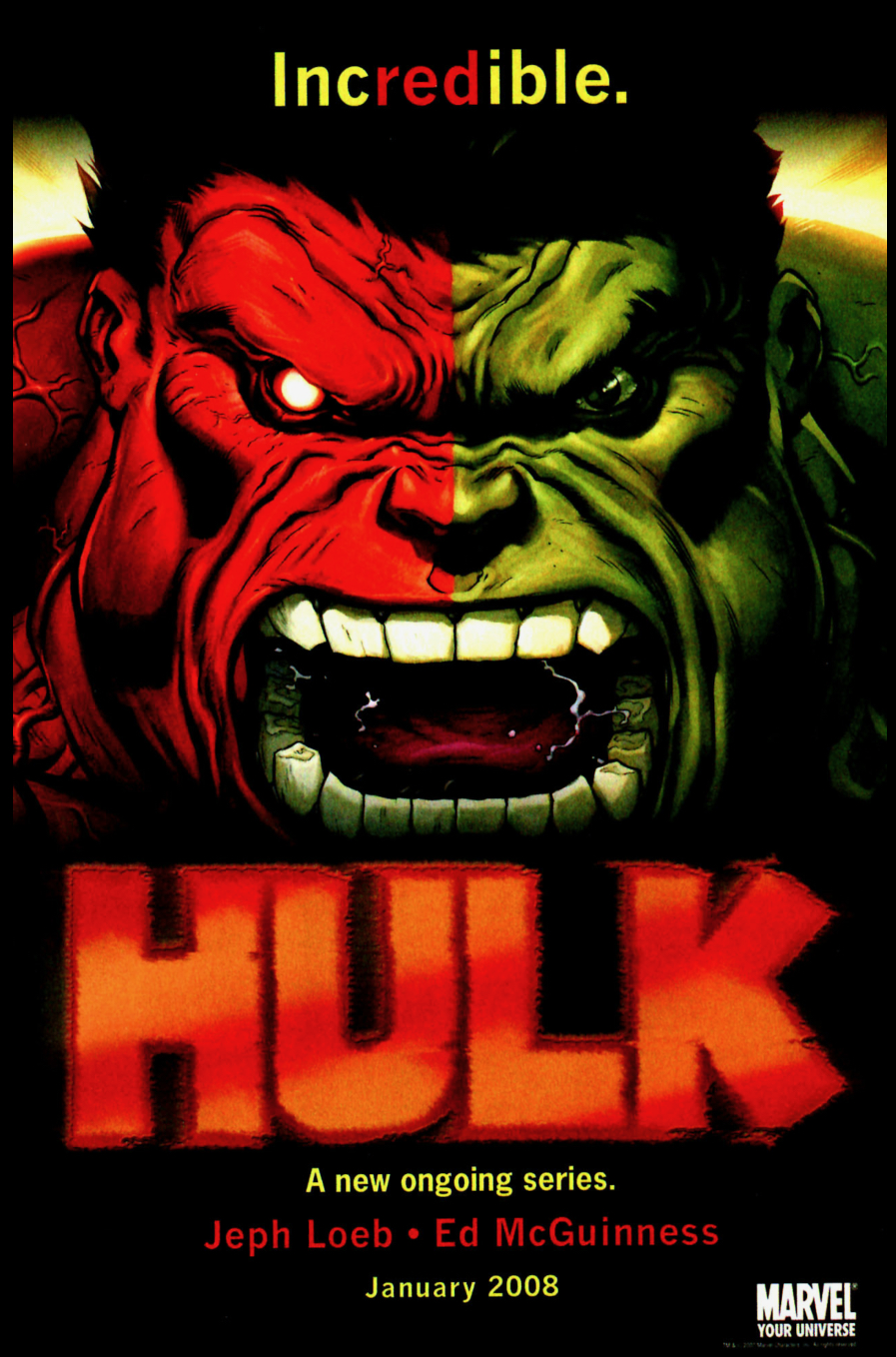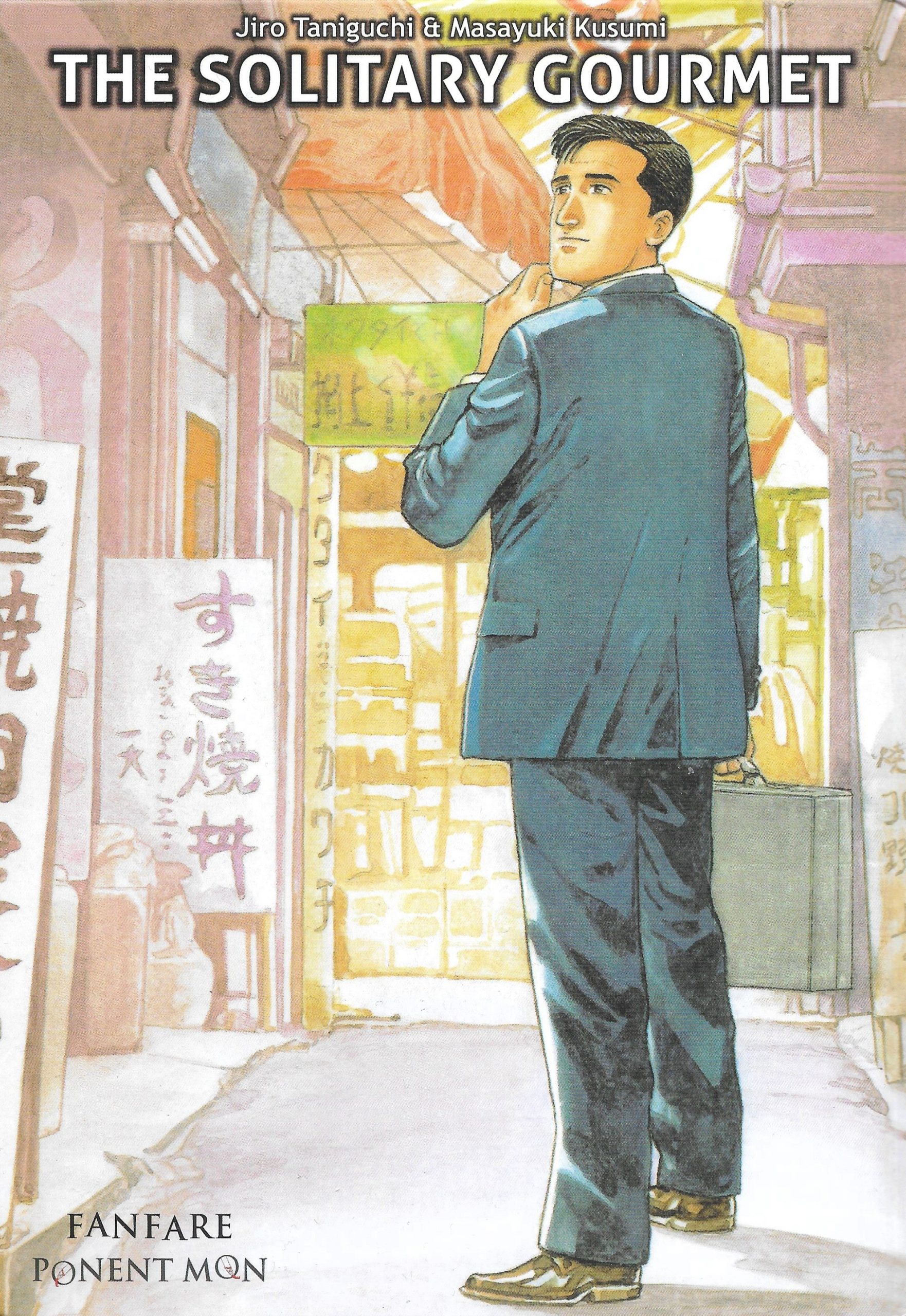 Francis Ford Coppola’s Megalopolis
Francis Ford Coppola’s Megalopolis
Writer/Director: Francis Ford Coppola
Adapted/Edited By: Chris Ryall
Art/Colors: Jacob Phillips
Letterer: Jared Fletcher
Publisher: Abrams ComicsArts
Publication Date: October 2025
When adapting a work into another medium, one must be completely cognizant of what you are adapting. For example, Archie Goodwin and Walt Simonson embraced the technological grime and horror at the heart of Alien to create one of the greatest comic adaptations ever produced. Equally, Terrence Dicks’ use of direct prose and brilliant turns of phrase made many Doctor Who stories beloved childhood novels for generations. Or, in keeping with the subject of the article, Roy Thomas and Mike Mignola’s adaptation of Bram Stoker’s Dracula is in keeping with the mood and scale of that motion picture. On the flip side, the adaptation of Star Trek II: The Wrath of Khan by Andy Schmidt and Chee Yang Ong feels limited due to the quality of the art, the haphazard paneling, and the lack of small details.
As such, when looking at an adaptation of Megalopolis, one is expecting certain things. Chief among them is ambition. Francis Ford Coppola, when promoting Megalopolis, was asked quite bluntly, “why can’t you make normal movie like batman or star war”. He responded, “Because you already have good Batman and Star Wars movies. Aren’t you curious to see something you’ve never seen before?” This, then, is the metric upon which we must grade the adaptation of Megalopolis by Chris Ryall and Jacob Phillips. And it is on this metric that it fails.
Consider the opening page of the comic:
By all accounts, this is a very standard comic book page. Six panels in total, highlighting a series of events involving a man standing on a tall skyscraper in New Rome. In terms of graphic language and adaptation, this has the problem of trying to depict a scene that in its initial context hinged on movement within a static medium. In this case, the saying of the phrase “Time Stop!” actually causing time to stop.
The problem is that there is no sense that this is what saying the phrase does. Visually, it appears that the man is simply standing atop a skyscraper about to step off, then doesn’t. It’s not as if it’s impossible to depict the image. Have one panel be a POV of the man looking down at a street with cars blurred due to their movement, then have the next panel be those same cars perfectly still.
But moreover is the lack of ambition on the part of Ryall and Philips. It is not that these two are bad at what they do. For the most part, the adaptation of Megalopolis is well written and drawn. The characters emoting without feeling too much like photocopies of the actors. Barring some minor exceptions, the scripting of the comic is capable of bringing the story along at a reasonable pace, cutting a nearly three hour movie into a manageable 166 pages.
The problem is that no one involved is a complete and utter madman trying to bring about utopian change through their art, willing to experiment with styles and images that simply do not exist and would come across as weird and off putting. It’s the kind of movie that has characters named Wow Platinum, Hamilton Crassus III, and Clodio Pulcher. It’s a movie where Adam Driver removes a set of bandages he got from a gunshot wound to reveal seven other heads emanating in pure light. It’s a movie where Driver says “So go back to the club” like it’s a lyric to an R&B staple. Where Audrey Plaza sings one of her lines then never does so again. Where Shia LaBeouf gets shot in the ass twice instead of in the leg. Where LaBeouf’s character is revealed to be a fascist through a camera pan onto a stump with a swastika carved into it.
The problem with an adaptation of Megalopolis is that Francis Ford Coppola is akin to Grant Morrison. Both are utopian writers known for creating art that is once appealing to the wider masses while also being absolutely weird as all hell. Both have an almost naïve utopian streak that often collides with their latent libertarian impulses. Both simultaneously make art that is blunter than a sack of bricks and confounding in new and interesting ways. Both wish to push their respective mediums forward in ways audiences are often hostile towards, and both are ultimately vindicated in their attempts.
A proper adaptation of Megalopolis, then, would match the absolute madness within these two men. It should be the kind of work with the ambition to be at least 300 pages long. It would experiment with the form and try new things and new approaches. Consider, for example, how Coppola utilized practical effects within his film. Reflecting old styles of effects work to approach the material in a new way.
Philips is often known for utilizing different coloring schemes for different pages, and here is no different. But what if he pushed his approach even further. Removed the pencils entirely and used only his watercolors to tell the story? Or what if they used collage to show the decadence and drug fueled ascension of our nominal hero? Rejecting the traditional image of the comic book in favor of something truly strange. Why not play with grids in a way no one else does? Find new ways to show old images?
At the end of the day, Megalopolis fails not because it’s bad, but because it lacks the ambition to risk being bad, something one can never accuse the movie it’s based on of ever doing. And, at the end of the day, an adaptation that doesn’t feel like the movie it’s adapting, that isn’t even in conversation with its source text, is an inherently failed adaptation, regardless of the quality of those behind it. You’re honestly better off reading The Enfield Gang Massacre or The Knives. It’s not bad, just disappointing.
Also, Ryall and Philips muddied the scene where Jon Voight talks about his boner as a means of hiding the crossbow beneath his sheets. And that’s no fun.
Francis Ford Coppola’s Megalopolis is available now
Read more great reviews from The Beat

















![Ghost of Yōtei First Impressions [Spoiler Free]](https://attackongeek.com/wp-content/uploads/2025/11/Ghost-of-Yotei.jpg)





 English (US) ·
English (US) ·